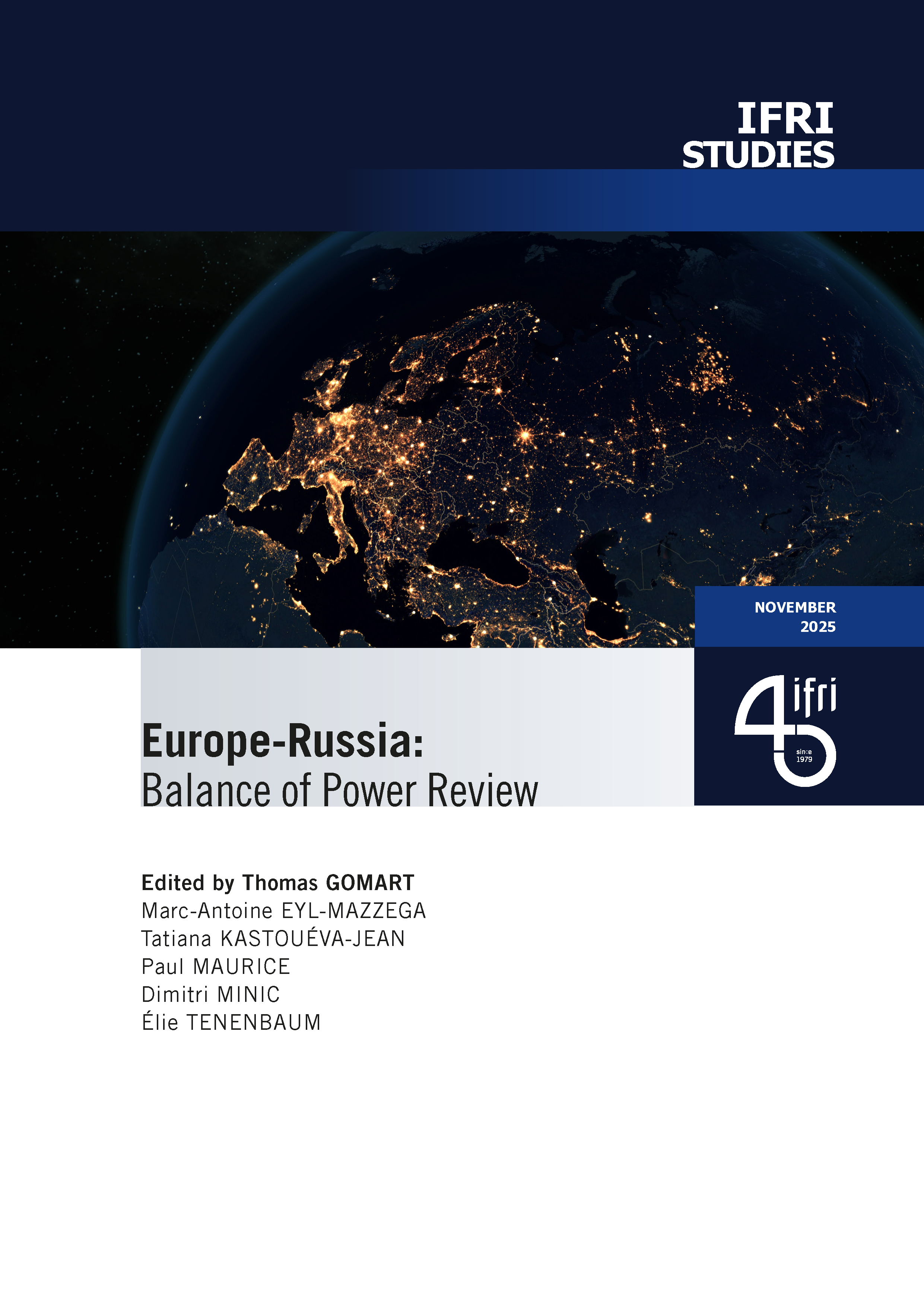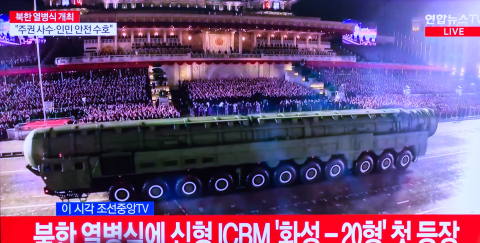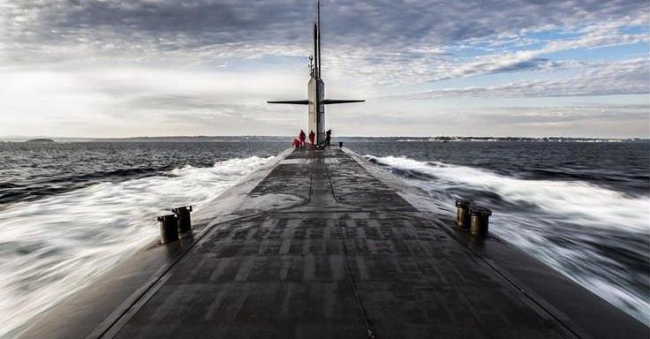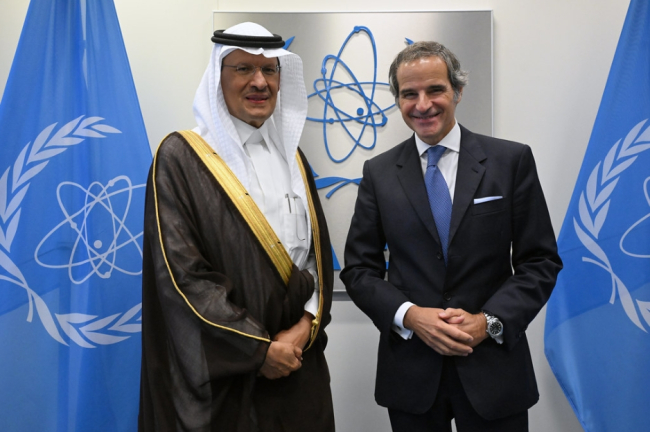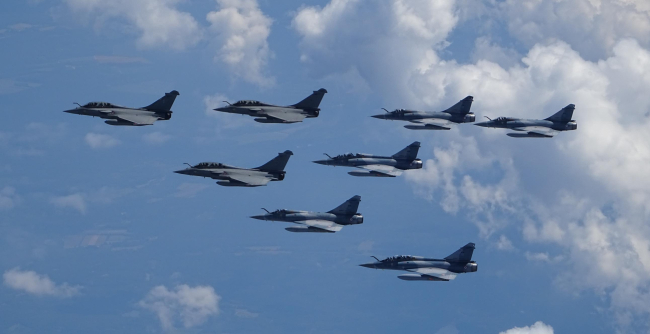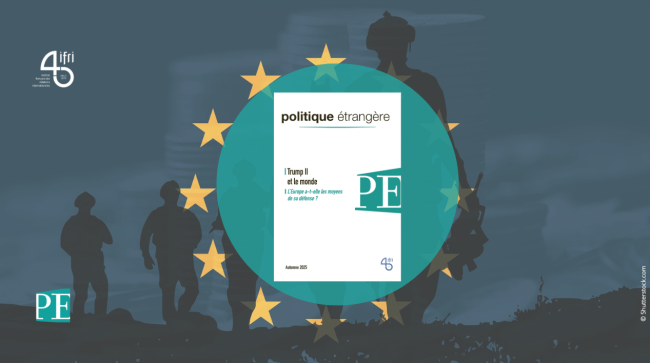The Future Middle East Strategic Balance. Conventional and Unconventional Sources of Instability
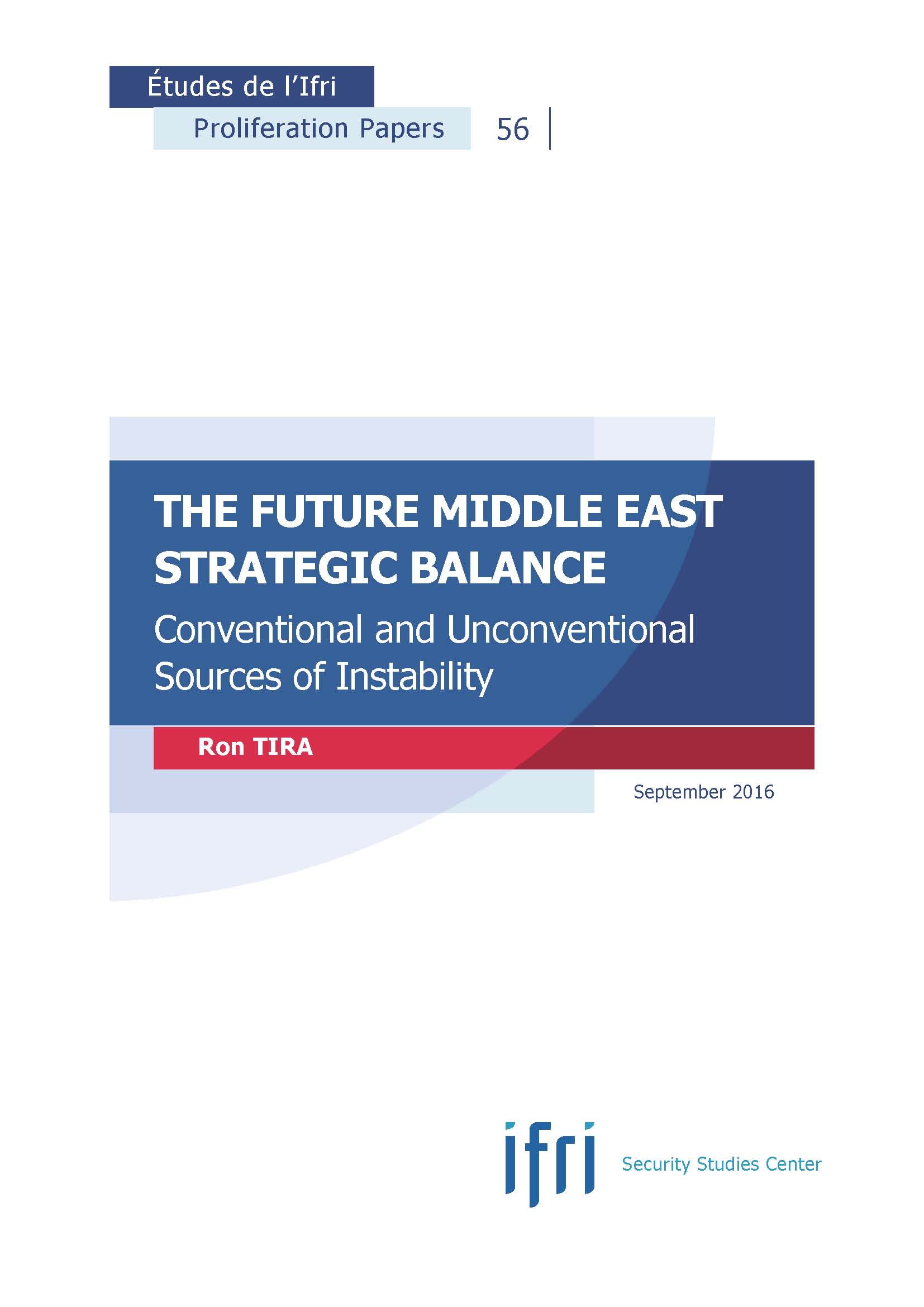
This paper seeks to analyze the future Middle Eastern military balance of power, in a time horizon of five to ten years.
It attempts to map future key players, and to identify future fault lines and subjects of regional competition. It then analyzes what drives military effectiveness, and examines the military paradigms of the key players, highlighting the growing gap between these paradigms and the regional context in which they would have to be applied, resulting in the inability of key regional players to overthrow their peers using hard power and the challenges they face to shape most of the conflicts conducted on distant, third-party soil. Finally, in terms of non-conventional capabilities, the Iranian nuclear endeavor is likely to drive Sunni powers to the nuclear threshold either after or even before the nuclear agreement’s 10 to 15-year horizon, while rudimentary chemical, biological and radiological weapons might become the non-states’ weapon of choice for mass impact.

Available in:
Regions and themes
Share
Download the full analysis
This page contains only a summary of our work. If you would like to have access to all the information from our research on the subject, you can download the full version in PDF format.
The Future Middle East Strategic Balance. Conventional and Unconventional Sources of Instability
Related centers and programs
Discover our other research centers and programsFind out more
Discover all our analysesSaudi Arabia’s Nuclear Temptations. Lessons Learned from Regional Instability
Saudi Arabia’s integration in the international arena and regional stability, notably through reducing its dependence on fossil energies, are crucial elements for the success of the Kingdom’s Vision 2030, the Crown Prince’s top priority. However, Mohammed bin Salman’s declarations in 2018 and 2021, indicating that “if Iran develops a nuclear bomb, we will follow suit as soon as possible”, combined with the recent strikes on key Iranian nuclear facilities, do not bode well for the future of the Kingdom, the region and the non-proliferation regime at large.
The Future of Air Superiority. Command of the Air in High Intensity Warfare
Air superiority, understood as control of the air, is a cornerstone of the Western art of warfare. It is a decisive condition, albeit not sufficient by itself, to achieve military victory, as it enables the concentration of air power toward the achievement of wider strategic objectives and protects other components from unbearable attrition levels. It is best achieved through the offensive use of air power in a joint effort to neutralize the enemy’s air power.
Europe Uncovered?
As Russia continues to threaten Europe, the Trump administration is making no secret of its desire to withdraw—at least partially—from the defense of the Old
Continent in order to focus on strategic competition with China. It is thus putting pressure on its European allies to increase their investment in the military sector. The NATO Summit in The Hague in June 2025 resulted in ambitious commitments by member states to increase their defense spending.
How should Britain and France cooperate to realise the Northwood Declaration?
During his state visit to the United Kingdom (UK) last week, Emmanuel Macron, President of France, signed a joint declaration with Sir Keir Starmer, Prime Minister, on nuclear cooperation between Britain and France. The Northwood Declaration highlights that while both countries’ nuclear arsenals remain sovereign, cooperation on nuclear deterrence can ‘contribute significantly’ to the security of the North Atlantic Treaty Organisation (NATO) and the Euro-Atlantic region.


